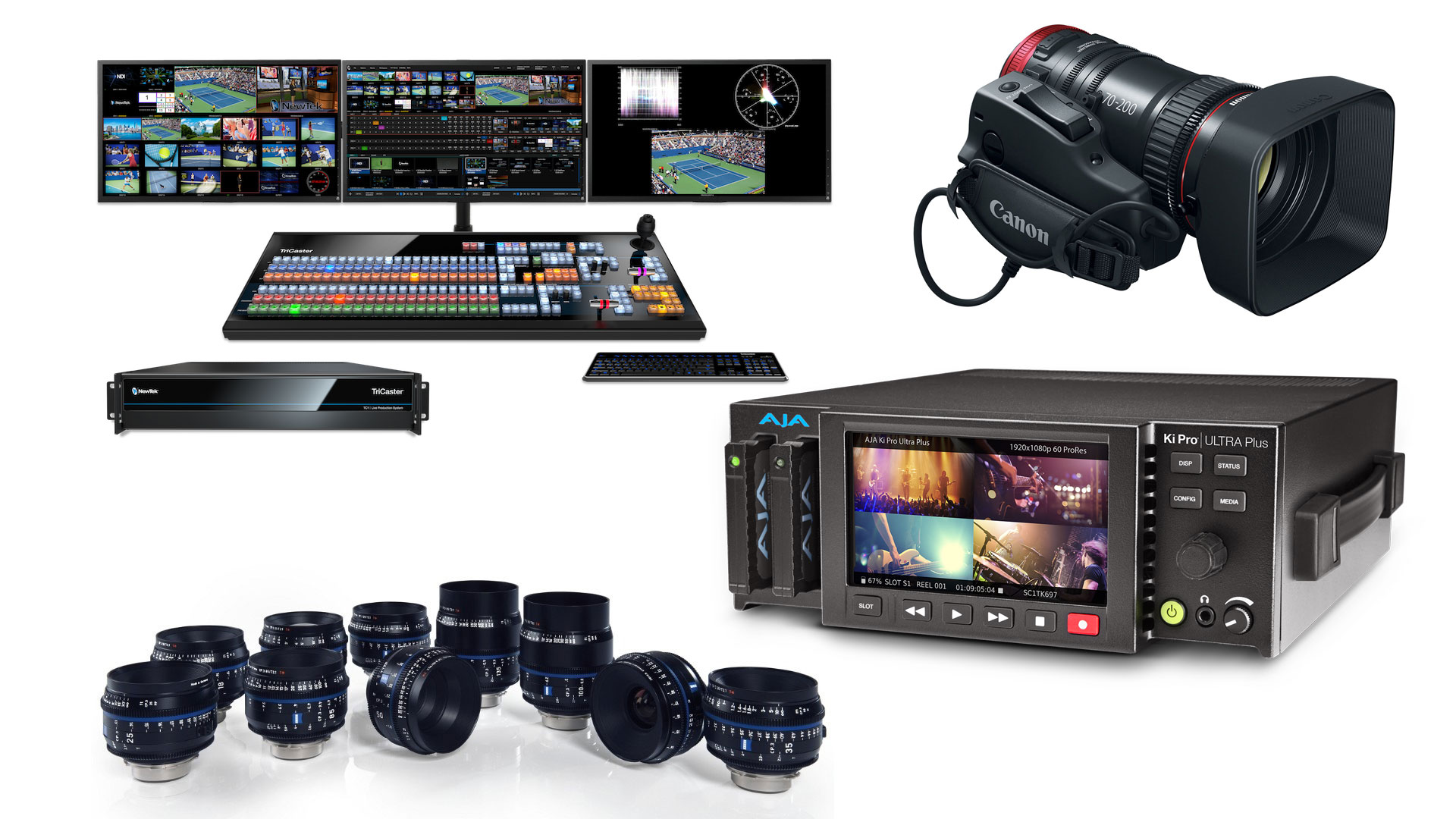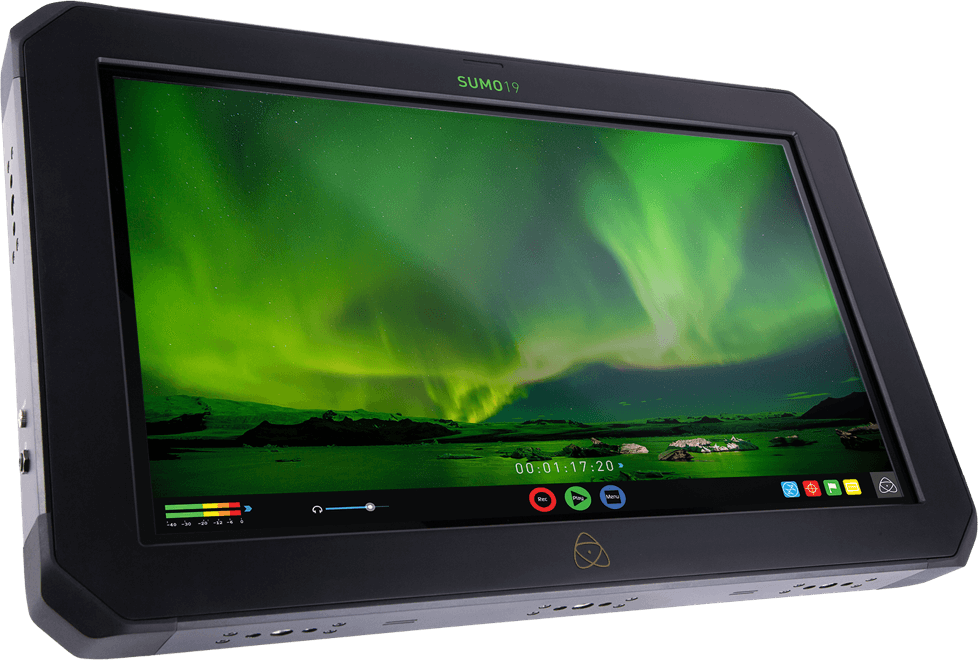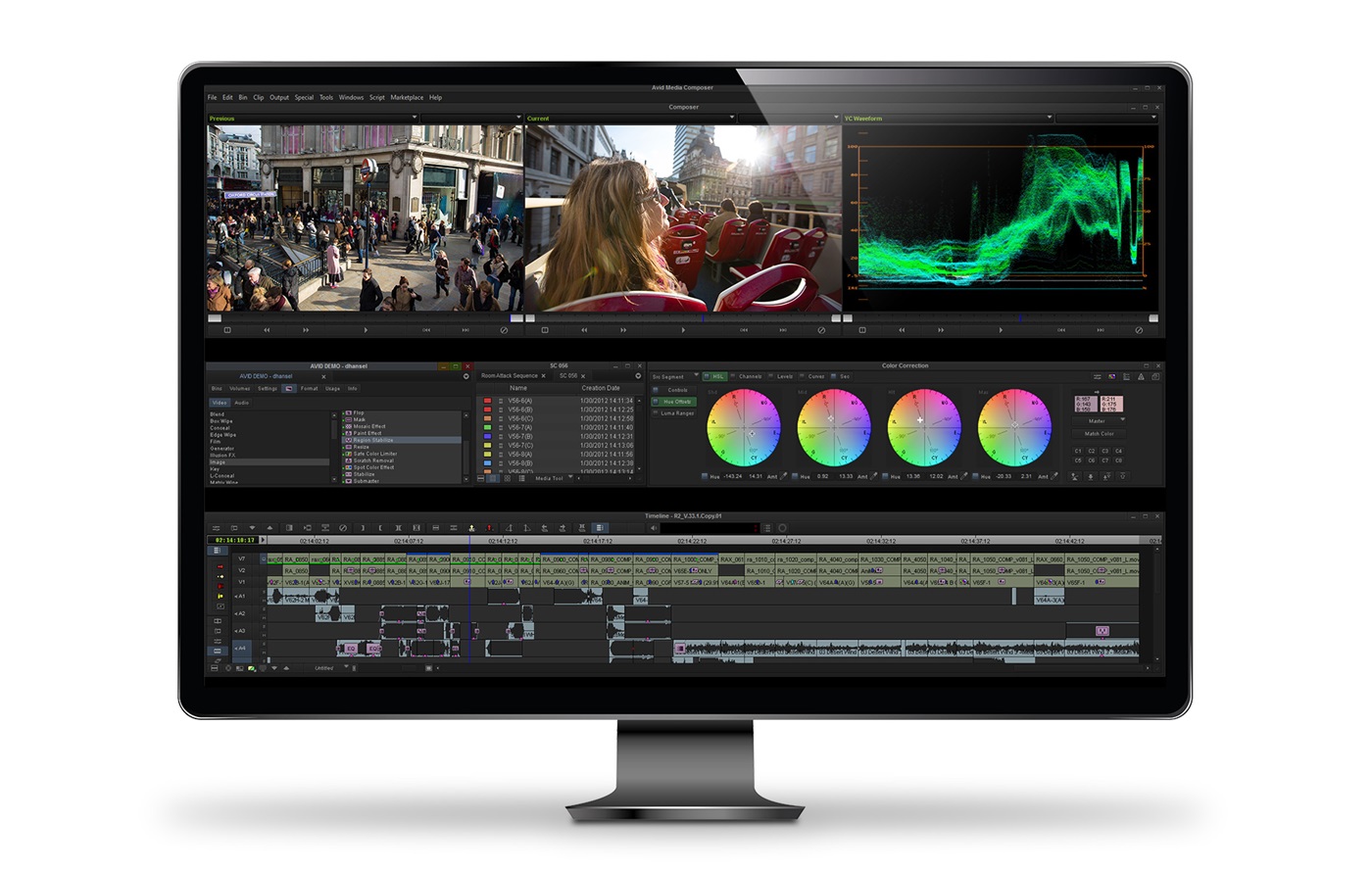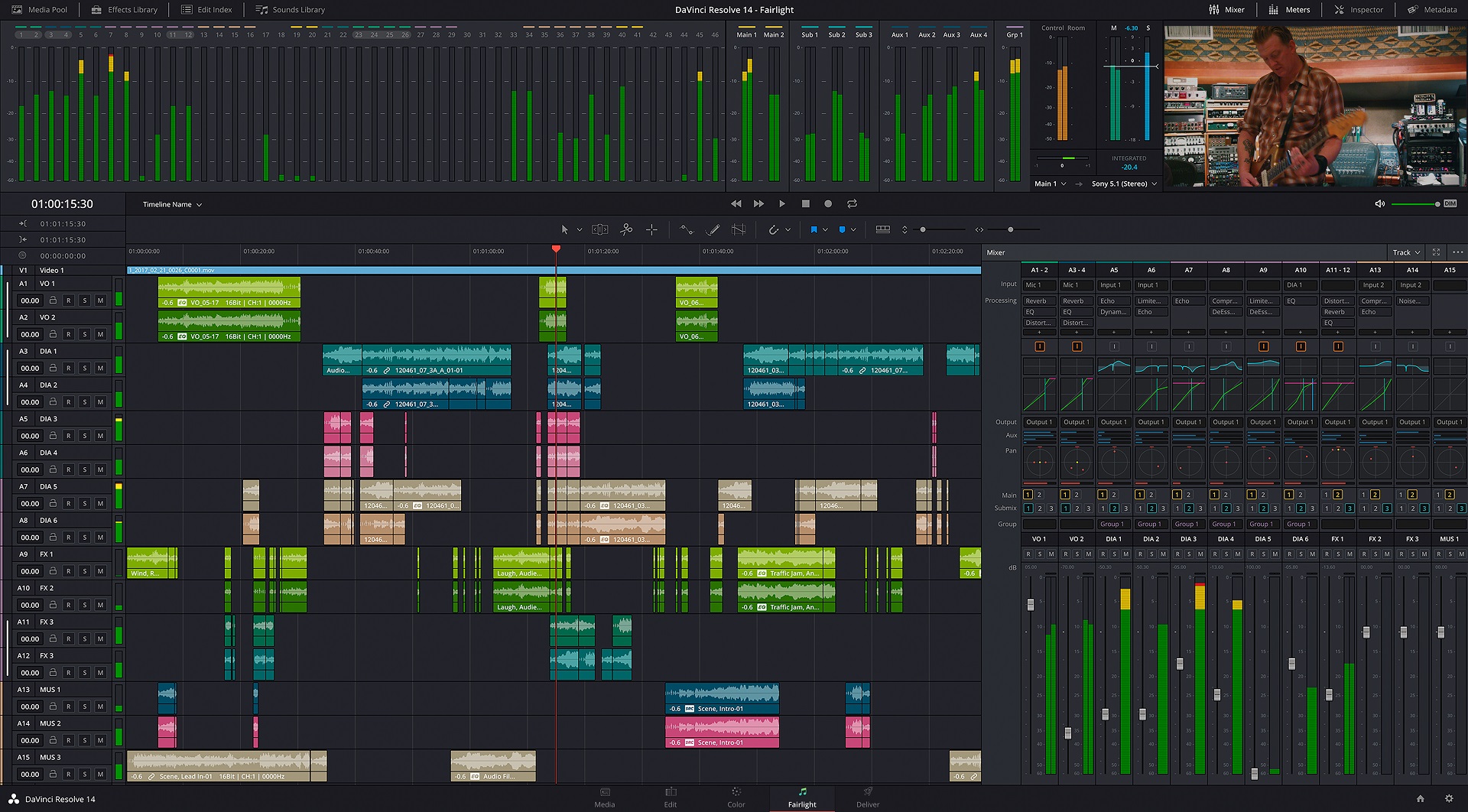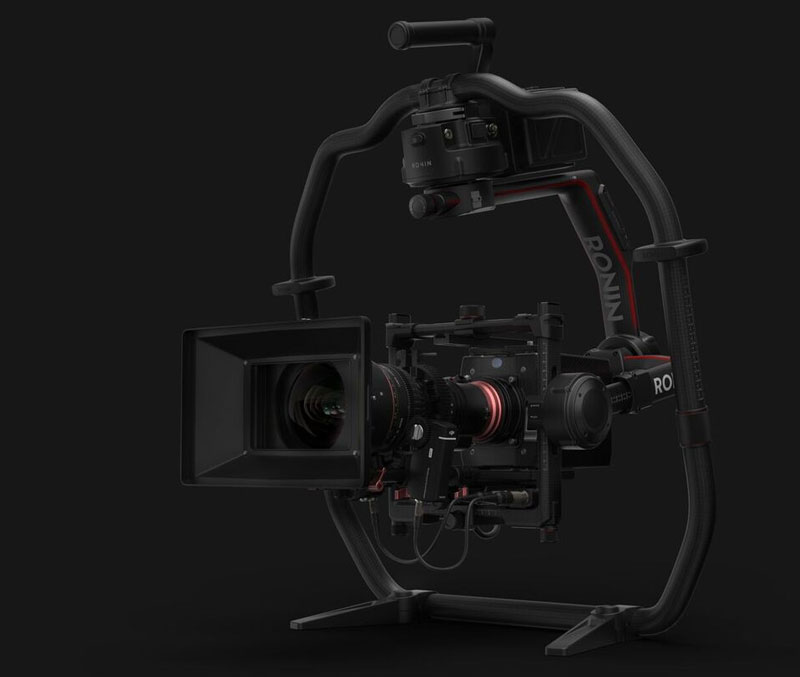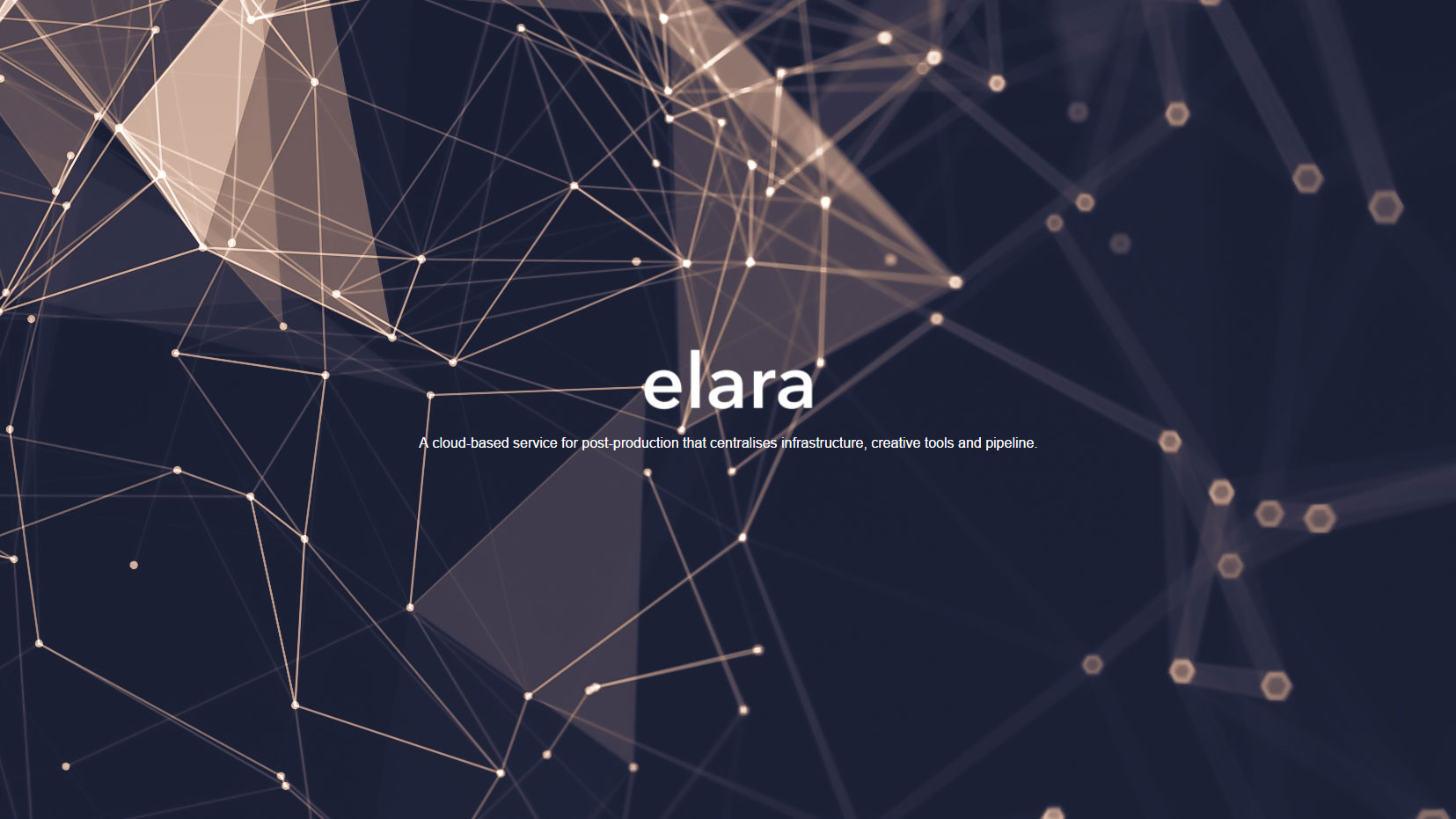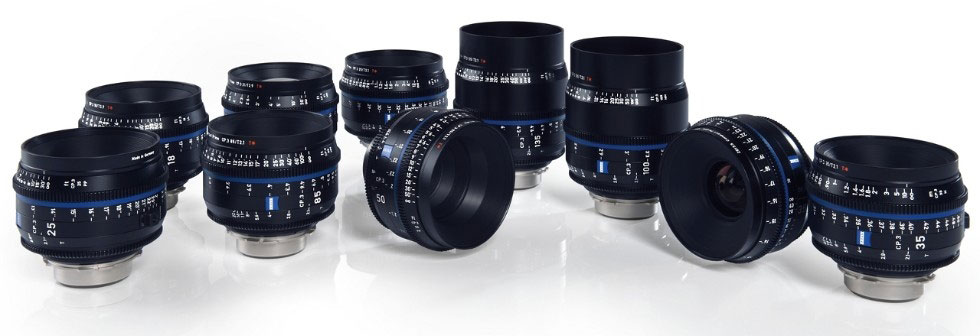AJA Ki Pro Ultra Plus
Most Marvelous Multicam Machine
In a nutshell: AJA extends the capabilities of its formidable Ki Pro with a new version that records up to four channels of HD ProRes simultaneously at up to 60p, and with 12-bit (4:2:2 and 4:4:4) capture and output over HDMI 2.0.
Why it matters: A 4K/UHD ProRes/DNxHD recording and playback system that doubles as a portable recorder for HD multicamera shoots? In its latest incarnation, the Ki Pro is more flexible than ever.
What it costs and when it’s coming: MSRP $3,995, available “soon.”
Atomos Sumo
Biggest Little HDR Monitor
In a nutshell: Atomos came to the show with a new 19-inch 1200-nit panel rated to display 10 stops of dynamic range. Underneath the screen, Sumo can record 4K 12-bit raw or 10-bit 4:2:2 ProRes and DNxHR up to 4K 60p.
Why it matters: At 19 inches, the Sumo is portable enough to go on set for HDR monitoring during production, and it can also be used as an HDR grading monitor in post. With HDMI 2.0/SDI conversion capabilities and live multicam switching in the mix, this looks like an exceptionally versatile device.
What it costs and when it’s coming: MSRP $2,495, shipping Q3 2017.
Avid Media Composer First
Longest-Awaited Freebie
In a nutshell: After a long delay, Avid said it will finally release a free, feature-limited version of Media Composer.
Why it matters: Avid is still king of the hill — by a long margin — when it comes to nonlinear editing software for film and television, but it has a lot of competition elsewhere in the market, where rivals are becoming more capable with every passing year. (DaVinci Resolve, for instance, is completely free — and now includes a Fairlight under the hood. See below.) Avid’s future is clearly tied to big-ticket offerings like its Nexis storage and MediaCentral platform, but the company needs to make sure young editors learn the software that made Avid the de facto standard, rather than becoming overly comfortable with its rivals.
What it costs and when it’s coming: Media Composer First will be free of charge, with significant limitations described in Avid’s FAQ. It’s expected to arrive in June.
Blackmagic DaVinci Resolve 14
Biggest Value That Got Even Better
In a nutshell: Blackmagic pulled a full-fledged digital audio workstation out of its hat, announcing that it had built Fairlight’s technology into the latest version of DaVinci Resolve. The audio tools are accessible using keyboard and mouse, but pro users will want to drive them with a desktop or freestanding Fairlight console, also available from Blackmagic, as well as an audio accelerator card that lets a system play up to 1,000 tracks in real time.
Why it matters: Blackmagic is angling to build Resolve into a post-production powerhouse that takes on whatever form a user needs, and this year it fired a shot across Avid’s bow, claiming that Fairlight’s technology is better suited to post-production for film and television than Avid’s Pro Tools suite, which is widely used in music production. Also on notice is Adobe, whose well-loved Creative Suite is obviously a much more mature toolset — with a link between Premiere and After Effects that gets more powerful with each release — but now has a serious rival to keep an eye on over the coming years.
What it costs and when it’s coming: The slightly feature-limited version of Resolve is free; the full-featured Resolve Studio is now just $299 (not $995). Resolve 14 is in public beta now.
Canon 70-200mm Telephoto Zoom Lens
Most-Wanted Missing Piece
In a nutshell: Canon designed its new compact zoom lens to meet a more affordable price point while still matching well with high-end cinema lenses. The 70-200mm focal range was selected specifically to complement the 18-80mm lens that Canon announced last year, giving shooters an attractive zoom range with just two chunks of glass in their bag.
Why it matters: The recent revolution in inexpensive, sub-$10,000 Super 35 cameras left shooters in a bit of a pickle when it came to glass. Cinema lenses designed for high-end cinema work were too expensive for DPs working with value-priced cameras. But the plethora of EF lenses on the market were designed for still photographers and left a lot to be desired when used for moving images. Canon’s 18-80mm compact-servo lens was just a little on the short side for some shooters; together with this new counterpart designed to match it perfectly, it fills the gap nicely.
What it costs and when it’s coming: Price and availability have not been set, but we’re told the new lens will be priced in the neighborhood of $5,500.
DJI Ronin 2
Heftiest Camera Payload Upgrade
In a nutshell: The successor to DJI’s Ronin three-axis stabilizer boasts a new design with a larger camera cage, an integrated 1000-nit touchscreen, a redesigned remote, and a hot-swappable dual-battery system that DJI said can run the gimbal and a Red Dragon camera for more than two hours.
Why it matters: The Ronin 2 has more powerful motors that can handle sustained speeds of more than 75mph and support camera payloads up to 30 pounds — a big improvement over the previous model’s 16-pound limit that gives DPs more options for cameras and gear. Of course, that means the Ronin 2 is heavier than its main competition, the Freefly Movi Pro, which has a maximum 15-pound payload. Proceed accordingly.
What it costs and when it’s coming: Pricing is not set; the Ronin 2 is expected to show up in May or June.
Foundry Elara
Cloudiest Forecast for the Future of Post
In a nutshell: Elara is Foundry’s vision for a cloud-based service that would allow users to spin up a VFX studio in the cloud, complete with software and rendering capacity. The whole thing would be run through an ordinary web browser on an ordinary computer; all of the processing would take place in the cloud, with only a pixel stream depicting the UI of the software currently in use being downloaded for real-time interactivity via the user’s computer.
Why it matters: Foundry isn’t the first company to have a vision for a cloud-based studio, but it does make the most compelling case to date. The company’s powerful software suite, led by Nuke, would be on anybody’s list of essential software tools for creating CG imagery in the cloud. Foundry already has a working relationship with Lytro Cinema, whose light-field camera technology relies on cloud-based processing horsepower to process massive amounts of data. And even 360-degree video environments stand to become more realistic when creators are supported by software like Foundry’s powerful Cara VR — as well as mammoth amounts of cloud-based processing power.
What it costs and when it’s coming: Pricing isn’t set; a beta version will launch this summer.
NewTek TC1, 4K IP Series, and NVG1 Graphics Server
Easiest Way to Make the IP Transition
In a nutshell: NewTek upgraded its IP Series hardware to handle 4K in time for NAB, then squeezed the same concept into a traditional TriCaster system that will make intuitive sense to the company’s customer base. Either way, the company is showing its users how to wrangle many video sources on an Ethernet network — at NAB, the company was pulling in and switching between live streams from all over the show floor using the Las Vegas Convention Center’s on-premise LAN. The company called it the largest IP-based software-driven workflow yet implemented.
Why it matters: If IP video really is the future of broadcast, broadcasters have to start thinking about how to implement networked video. NewTek showed them how to do it with a TriCaster, and it showed them how to do it in a more freeform way using standalone input modules from its IP Series hardware line to get devices on the network. Moreover, it showed the NVG1 graphics server, a system that integrates 4K 3D graphics from Vizrt on the network, too. It’s all a compelling demo of the applications enabled through NewTek’s NDI IP video protocol.
What it costs and when it’s coming: TriCaster TC1 in a 2RU chassis starts at MSRP $14,995; control panels start at $6,995 and NewTek Connect modules start at $5,995. Pricing for the NVG1 graphics server was not announced; it’s expected to be available in the Americas in Q2.
SmallHD Focus Five-Inch HD Monitor
Most Affordable, Flexible Field Monitor
In a nutshell: The five-inch Focus is SmallHD’s first touchscreen HD monitor, and is designed to be mounted atop a small camera, like a DSLR or mirrorless camera. A tilt arm lets the screen tilt 180 degrees for easy viewing, and has a show mount for mics and other accessories. Waveform monitoring, false color display, focus assist, and 3D LUTs (via SD slot) are all on board.
Why it matters: With 800 nits of brightness, the Focus should be exceptionally viewable in full daylight — and it can power your camera, too, with auxiliary power out drawing from an attached Sony L Series battery. The price is especially nice.
What it costs and when it’s coming: MSRP $500, shipping early June 2017.
Zeiss CP.3 XD Compact Prime Lenses
Meatiest Metadata to Date from Glass
In a nutshell: Zeiss’s latest family of 10 color-matched compact prime lenses ranges in focal length from 15mm to 135mm, with all of them covering full-frame (24x36mm) sensors. The company says they use advanced lens coatings, painted rims and light traps to avoid glare and flares, resulting in higher contrast, more saturated color, and improved performance for capturing imagery to be delivered in HDR. The front diameter is 95mm, compared to the previous CP.2 line’s 114mm diameter.
Why it matters: The killer app is the XD technology, short for eXtended Data. Based on Cooke’s /i system, XD provides real-time, frame-accurate data on lens distortion and shading (or vignetting) characteristics that can be recorded in camera as well as output to external devices. At NAB, Zeiss showed it being used to feed Pomfort’s LiveGrade Pro look-creation software, which could manipulate imagery on set based on the live metadata feed from a CP.3 XD lens. An OFX plug-in will be available from Zeiss for use with Blackmagic DaVinci Resolve, with support for other post-production software in the works. The XD versions will cost about $1,400 more than the basic lenses but, at least for productions with the knowhow to use the real-time lens info, they’ll be worth it.
What it costs and when it’s coming: MSRP $5,790-$7,490; availability September/October.
Sections: Technology
Topics: nab 2017
Did you enjoy this article? Sign up to receive the StudioDaily Fix eletter containing the latest stories, including news, videos, interviews, reviews and more.
